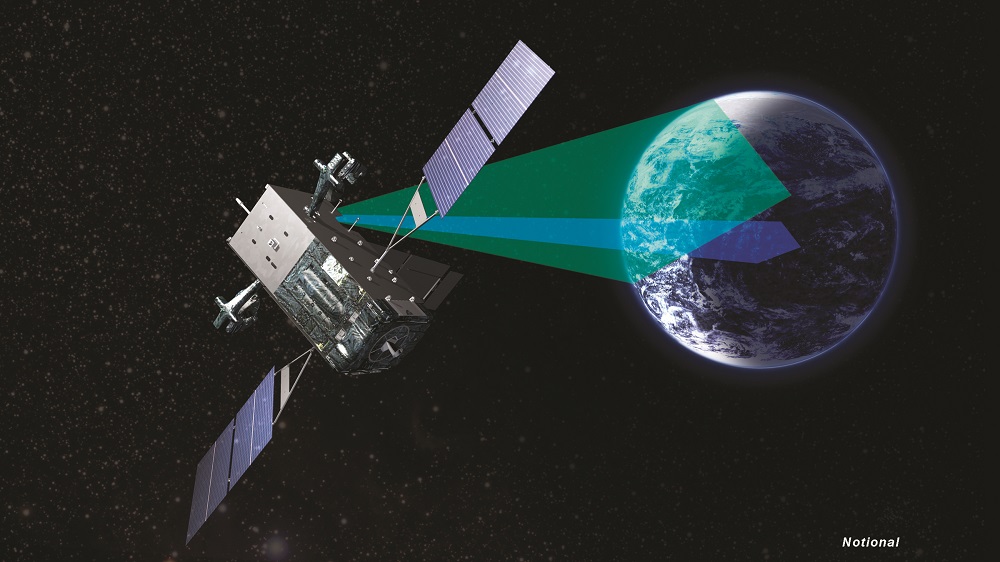Products You May Like
The five-year contract is to develop the Future Operationally Resilient Ground Evolution, or FORGE.
WASHINGTON — Raytheon has won a $197 million U.S. Air Force contract to design a ground system that will be used to collect and process data from missile warning satellites, the company announced Jan. 28.
The five-year contract — a two-year base period plus options — is to develop what the Air Force calls the Future Operationally Resilient Ground Evolution, or FORGE. Raytheon beat competitors BAE Systems and Booz Allen Hamilton.
FORGE will replace the Lockheed Martin-developed technology the Air Force currently uses to manage and process data from the Space Based Infrared System (SBIRS) missile warning satellite constellation.
Raytheon said FORGE will be an open framework for processing overhead data from both the SBIRS constellation and future satellites known as next-generation persistent infrared (Next Gen OPIR). The system also has to be able to process data from civil and environmental sensors.
“The Air Force wants to open that network up so they can use as much of that data as possible,” Dave Wajsgras, president of Raytheon Intelligence, Information and Services, said in a statement.
Wajsgras said FORGE is a departure from previous satellite ground control programs. “Typically, companies would develop a system that collects and exploits data from specific types of satellites or sensors,” he said. “FORGE changes this model as it’s able to collect data from nearly any type of satellite or sensor, and then helps operators make sense of that data quickly.”
The Air Force wants FORGE to work like a smartphone operating system so new apps can be developed by the government, companies in the private sector and universities. For example, a civilian agency could develop a wildfire app that processes data to detect wildfires that runs alongside the missile warning app but doesn’t interfere with it.
The FORGE contract does not include a capability to fly satellites but only focuses on mission data processing.
Todd Probert, vice president pf Raytheon Intelligence, Information and Services, told SpaceNews that the company’s FORGE concept was derived from an existing weather framework built for the National Oceanic and Atmospheric Administration called the Advanced Weather Information Processing System. NOAA uses the system to process and analyze satellite and ground radar weather data.
Probert said FORGE uses commercial software but is cyber-secure. In prototype tests, he said, the company “blind hosted” a government-provided application and 12 additional applications procured from third-party companies.
Raytheon is in the process of merging with United Technologies Corp. Once the merger is approved, the combined companies will be named Raytheon Technologies Corporation.
